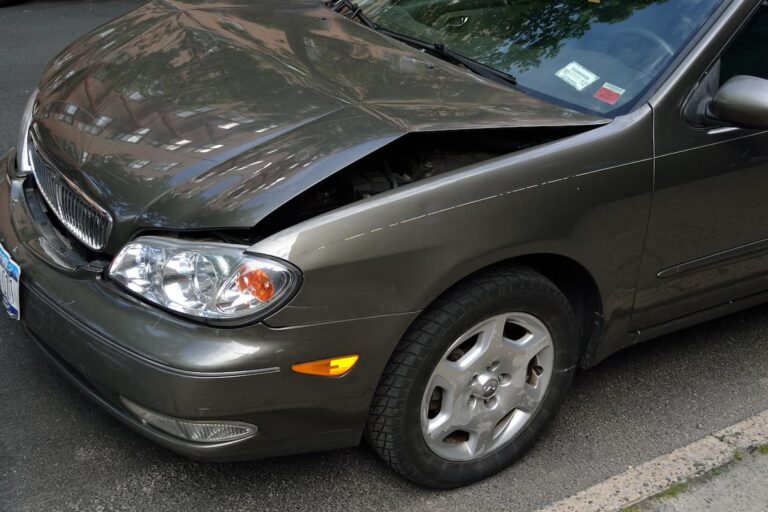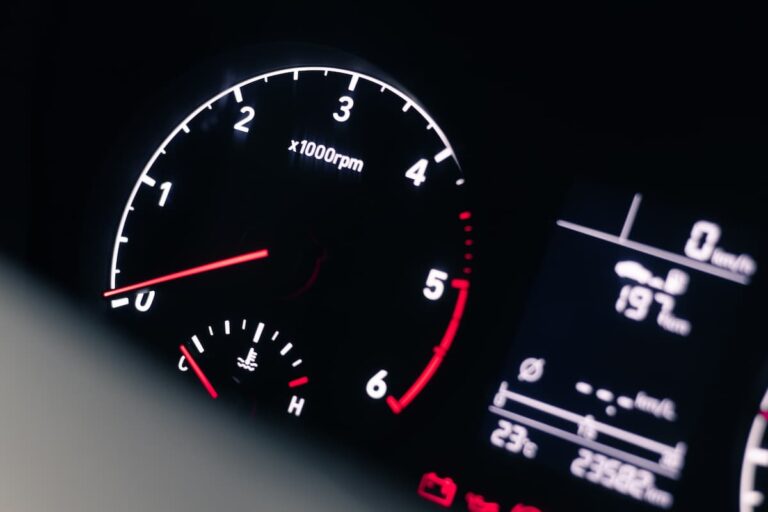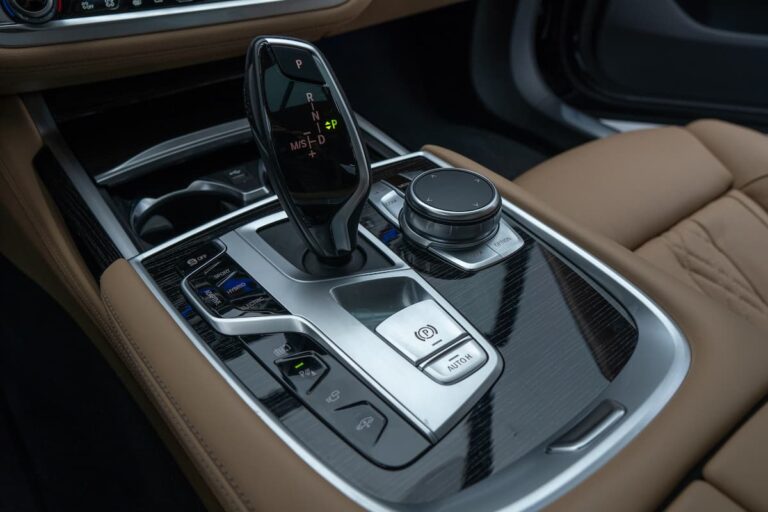How to Prevent a Car From Starting?
Whether you want to prevent a car from getting stolen or you’re trying to keep a teenager in for the night, there are certain reasons you would want to keep a vehicle from starting.
And luckily, doing so isn’t that difficult.
The easiest way to prevent a car from starting is to remove the battery. Or, you can take out the ECU fuse or disconnect the spark plug wires. You can also prevent car theft by letting the air out of the tires.
In this article, I will describe different methods you can use to prevent a car from starting.
I will also teach you how to let the air out of a vehicle’s tires to deter car thieves.
3 Methods to Prevent a Car From Starting

Thankfully, if you’re trying to prevent a car from starting, there are several different methods you can try out.
Each one of them will successfully keep a car from starting, so which one you choose is entirely up to your preferences.
Method One: Take Out the Battery
The easiest way to prevent a car from starting is to take out the battery.
Without the battery, there is nothing to supply energy to the spark plugs.
And when the spark plugs have no energy, the engine won’t start.
To remove the battery from a car, you first need to turn off the vehicle to prevent possible injury to yourself.
Next, open the hood and locate the battery.
But remember that in certain vehicles, the battery is in the trunk, so be aware of this if you have trouble finding it.
In general, you can identify the car’s battery because it is a rather sizeable block-like component situated near the engine.
Then, once you’ve found the battery, locate the negative terminal.
The negative terminal usually has a “-” sign on it.
When you’ve found it, go ahead and unscrew the nut on the terminal, using a wrench of the correct size.
After you unscrew the nut, pull off the negative cable and push it away from the battery.
And keep in mind that in some modern batteries, the negative cable is attached to the battery post.
If your cable is attached, you will need to remove it with a battery cable removal tool.
Now, if your goal was only to keep the car from starting, you can stop right here because the car won’t turn on with the negative terminal unhooked.
However, if you want to prevent vehicle theft, you should go ahead and take out the entire battery.
To do this, you need to unscrew the nut on the positive terminal and pull off the cable.
Next, unscrew the nuts on your battery’s securing clamp.
Once you’ve done this, you should be able to lift the battery straight up out of the vehicle and take it to a safe location.
Method Two: Remove the ECU Fuse
Most cars made after the 1970s have an engine control unit (ECU), also called the engine control module.
The ECU’s main job is to regulate the amount of fuel that enters the engine.
Thus, without a working ECU, a car can not get fuel to the engine, meaning it can not run.
To remove the ECU fuse, you must first disconnect the negative terminal on your car’s battery to prevent electrocuting yourself when you touch the fuses.
You can do this by unscrewing the nut on the “-” battery terminal and moving the cable away from the battery.
Next, you need to locate the fuse box.
You will typically find your car’s main fuse box next to your battery.
If you can’t find the fuse box, consult your owner’s manual.
Once you’ve found it, open the lid to reveal the fuses.
Now, you will need to figure out which fuse is for the ECU.
In many cases, the lid of your fuse box will have the names of all the fuses.
But, if not, there should be a diagram in your owner’s manual with each fuse’s name.
When you’ve found the ECU fuse, you can just pull it out of the fuse box.
In some cars, you can easily remove the fuse with your fingers, but in most, you’ll need to use a flathead screwdriver to wiggle it out.
Just be very careful when taking out the fuse because you don’t want to damage it or any of the fuses around it.
Now that you’ve got the fuse out, you can close up your fuse box and your hood and put your fuse in a safe location.
When you’re ready to drive your car again, you can just pop the fuse back into place.
Method Three: Disconnect the Spark Plug Wires
The spark plugs give your engine the spark it needs to ignite the fuel.
Without this spark, the engine can not start running.
Thus, disconnecting the spark plug wires will keep the car from starting.
To disconnect the spark plug wires, you need to open your car’s hood and locate the engine.
Once you’ve found the engine, you will notice there are several wires spaced evenly across it.
These are your spark plug wires.
In most vehicles, to disconnect the spark plug wires, you just need to pull on the base of the wire until it comes off.
And when doing this, keep in mind that it is much easier to disconnect the side of the spark plug wire that’s on the top of the engine rather than the one on the bottom.
Finally, go ahead and disconnect the top side of all your spark plug wires.
Doing so will prevent the vehicle from starting until you connect the spark plug wires again.
How Do I Deflate My Car Tires?
Although letting the air out of the tires won’t stop your car from starting, it will make the vehicle practically undrivable.
So, if you want to keep someone from taking your car, letting the air out of the tires is a viable option.
To let the air out of the tires, you first need to locate the tire stem.
The tire stem is a little black piece that sticks out from the tire’s body.
Once you’ve found it, you have to screw off its cap, which you can do with your fingers.
Then, inside the stem, you will see a thin metal pin.
To deflate the tire, you must use a flathead screwdriver or a similar object to press on this pin.
When you do so, the air will release from the tire.
Keep pressing the pin until you’ve taken most of the air out of the tire.
You can do the same with the other tires as well if you wish.
Just remember, though, that if you’re going to let the air out of your tires, you should buy a portable tire inflator so that you can pump your tires at home.
You should also have a tire pressure gauge so you can ensure you are putting the proper amount of air in your tires when you re-pump them.
Conclusion
The best way to prevent a car from starting is to remove the battery.
However, you can also keep a car from starting by taking out the ECU fuse or disconnecting the spark plug wires.






